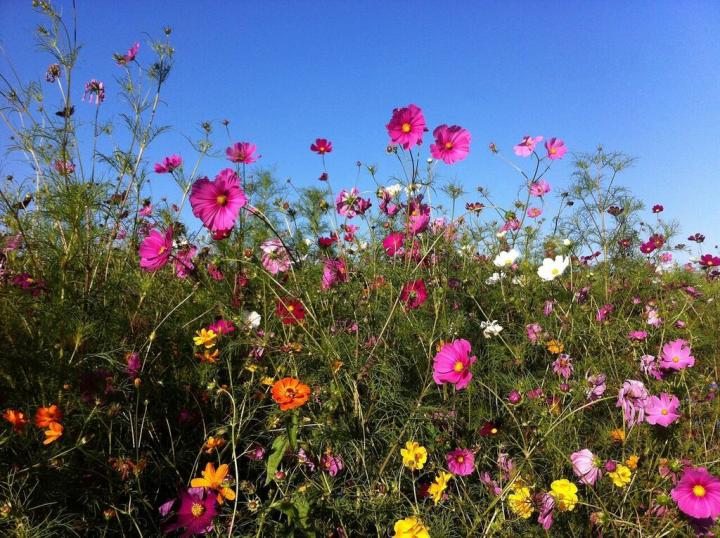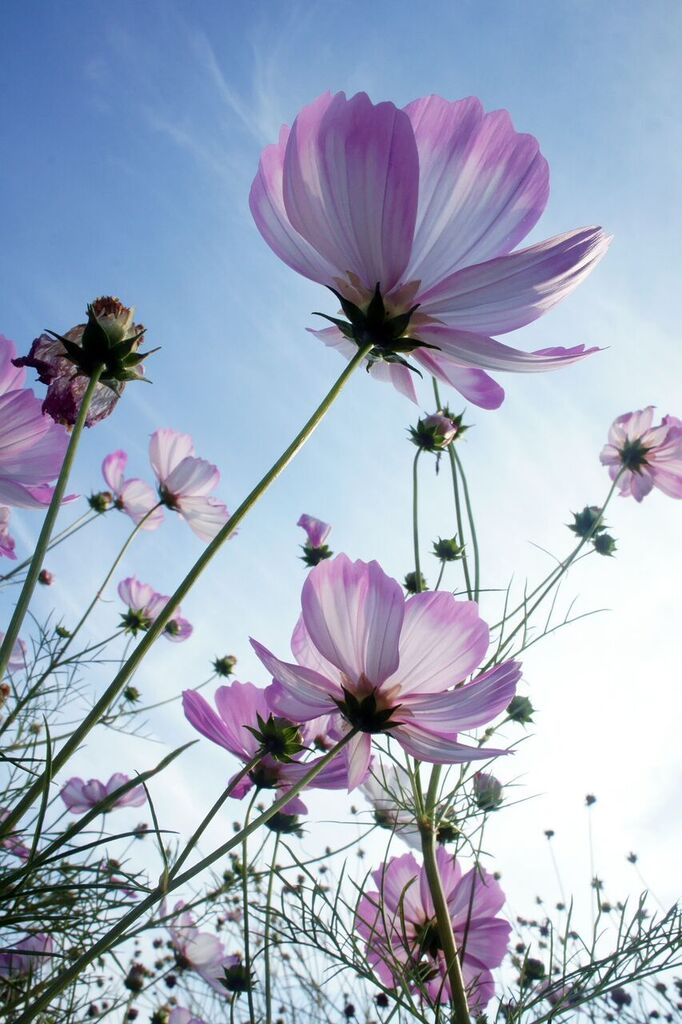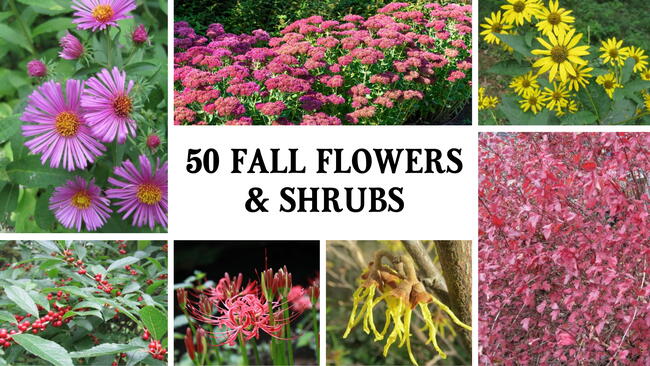
Easy-to-grow annuals that thrive in poor soil and bloom from summer to fall.
Read Next
Types
- ‘Picotee’ has pretty white flowers with a crimson border around the edge of the flower (some are also flecked in crimson).
- ‘Sea Shells’ have white, pink, or red tube-shaped petals.
- ‘Purity’ is a beautiful, classic, white flower that looks spectacular growing against the dark-maroon ‘Niger’ hollyhock or purple basil.
- ‘Cosmos Sonata Series’ looks especially good with Bells of Ireland.
- ‘Chocolate’ cosmos adds distinction to a white campanula, dianthus, or ‘Moonshine’ achillea.
- Tall cosmos are best for the back of the garden and filling in mixed borders among perennials such as foxgloves, phlox, delphiniums, and daisies, as well as annuals such as poppies, cleome, and asters.
- Dwarf cosmos, such as the Ladybird series, are great companions for zinnias, Johnny jump-ups, pansies, alchemilla, or dark-blue morning glory.
Gardening Products
More Like This
Hi Suellen,
Cosmos certainly are a great annual to enjoy through the growing season. With that being said, your issue with thick stems, lots of leaves, and few flowers is an interesting occurrence. One reason for it could be too much nitrogen. Cosmos are sensitive to nitrogen and it can cause exactly what happened to some of yours. If you have been fertilizing those cosmos (or maybe it came from fertilizer spread on the lawn) you should cut back on fertilizing—or stop all together. If you need to fertilize, do so with a mix that is low in nitrogen. It is completely up to you if you want to pull them out because of space issues, but you could also wait to see if flowers arrive later in the season.
Most cosmos are annuals, so after all the blooms are spent this fall you can cut them back/pull them from the ground. Cosmos self-seed so if you do not want them to grow in the same area, make sure you remove spent flower before they go to seed. If you want them to remain in that area of your yard or garden, you can allow the flowers to remain on the stalks so that the seeds fall to the ground and then remove. You can also remove the flowers and save the seeds to plant in the spring, either indoors 4 to 6 weeks before your last frost date or directly into the ground once the threat of frost has passed.
An important part of maintaining your cosmos is to deadhead. When you deadhead spent cosmos flowers, it forces the plant to put its energy into creating more flowers instead of making seeds. When the blooms are spent, cut back the stem to above the next set of leaves and soon your plants will produce a new set of buds and before you know it a new set of flowers will be brightening up your garden!
- « Previous
- 1
- 2
- …
- 10
- Next »













Comments